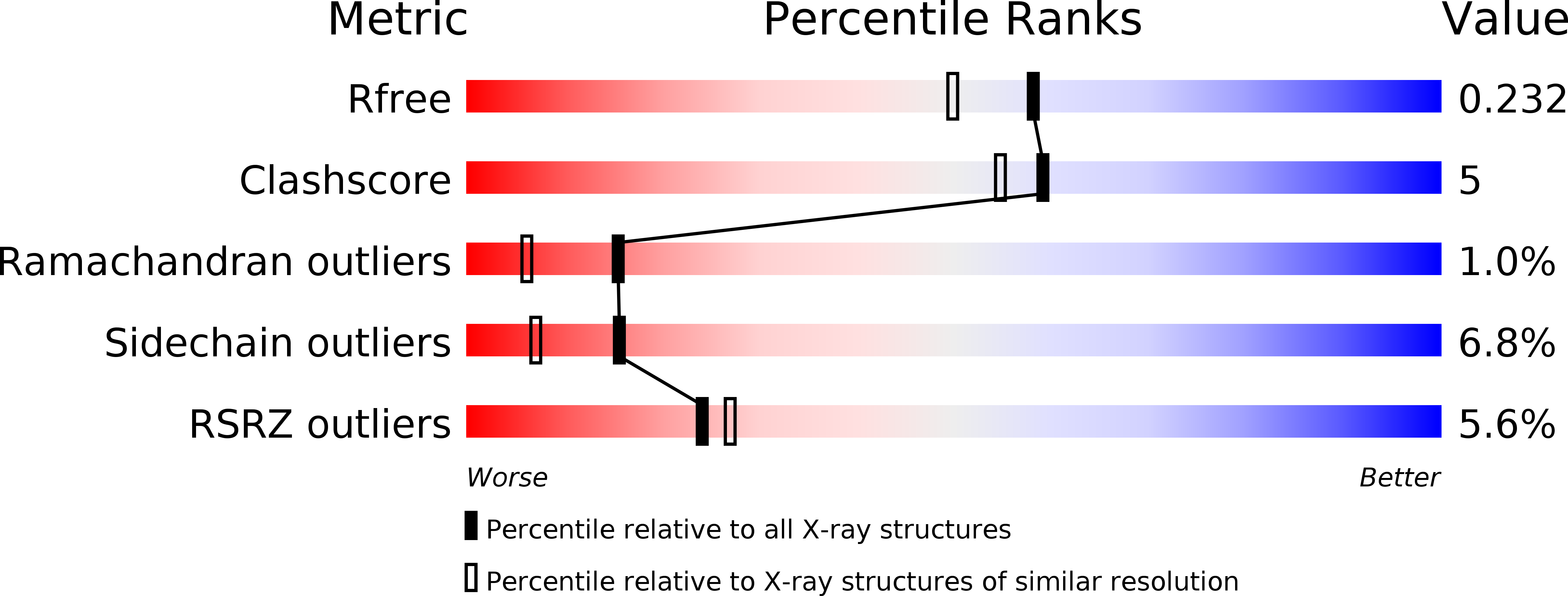
Deposition Date
2004-07-27
Release Date
2005-07-19
Last Version Date
2024-11-13
Entry Detail
PDB ID:
1U58
Keywords:
Title:
Crystal structure of the murine cytomegalovirus MHC-I homolog m144
Biological Source:
Source Organism:
Murid herpesvirus 1 (Taxon ID: 10366)
Mus musculus (Taxon ID: 10090)
Mus musculus (Taxon ID: 10090)
Host Organism:
Method Details:
Experimental Method:
Resolution:
1.90 Å
R-Value Free:
0.22
R-Value Work:
0.21
Space Group:
C 1 2 1


